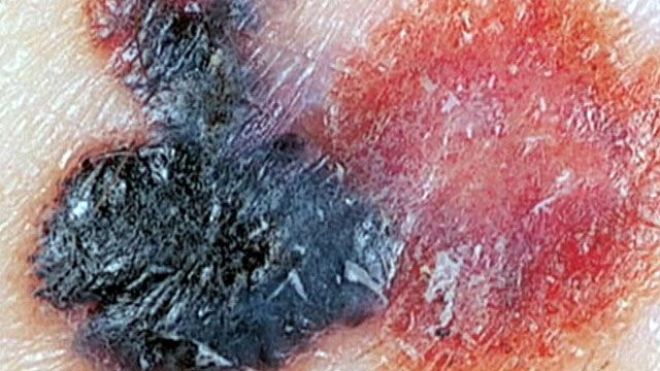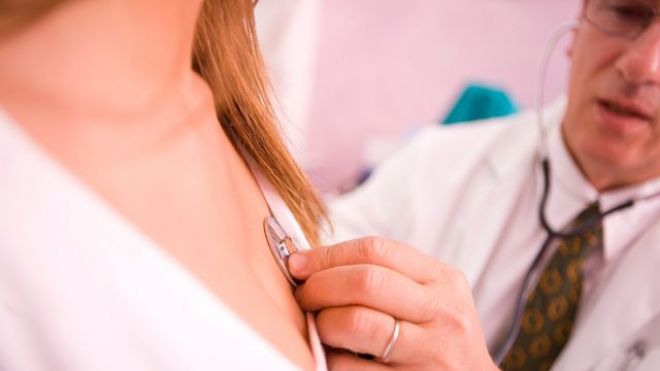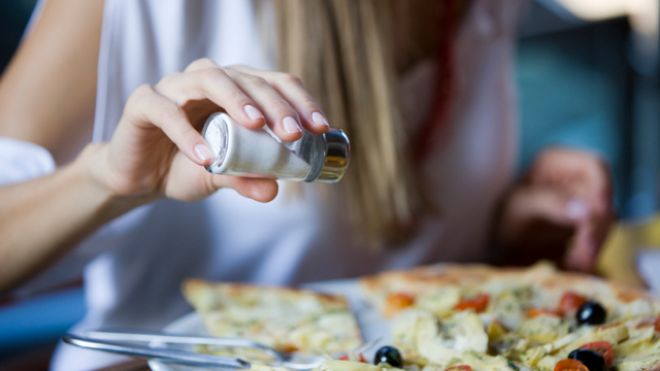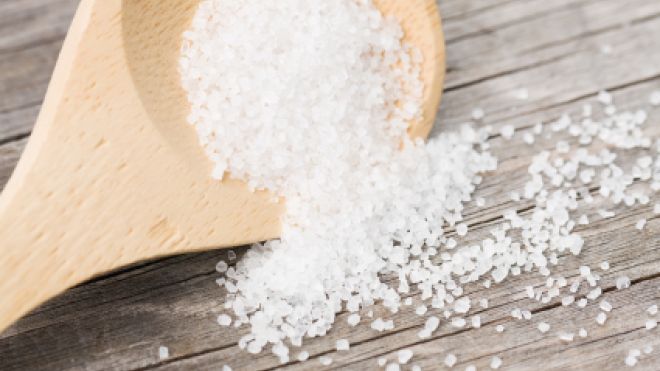
The etiquette of dealing with space invaders, circuit breakers and other gym scourges. Space Invaders Problem: You finally make it to yoga class, but just as it begins, a latecomer places his mat inches from yours. Now you can’t salute the sun without smacking your neighbor’s back. Solution: Confront, but in a nice way. “Always begin your approach with the thought that most people aren’t rude on purpose,” Liz Neporent, exercise physiologist and a coauthor of “The Fat-Free Truth,” said. “They’re simply wrapped up in their own little worlds.”  You could say something like, “Excuse me, but I’m going to need a little extra room here,” suggested Dee Poquette, a personal trainer in Danbury, Connecticut. If politeness fails, move to another spot or take the matter to a higher authority. Chances are the gym or studio may be overselling classes. Loud Talkers Problem: You’re thoroughly engrossed in a magazine, cycling toward your eight-mile goal, when a woman on the machine behind you answers her cell phone and proceeds to discuss her dinner plans at full volume. Solution: Say something, but keep your tone pleasant and nonaccusatory. You can say, “Excuse me, but your conversation is distracting―would you mind talking off the gym floor?” If you don’t want to get directly involved, ask an employee to intervene.  “The proble mis that many clubs don’t ban cell phones,” John McCarthy, a former executive director of the International Health, Racquet & Sportsclub Association, said.  If yours doesn’t, try moving to another part of the gym or wearing headphones. Smelly Patrons Problem: As you work yourself into an elliptical frenzy, a strong whiff of your most hated perfume (or, worse, body odor) wafts your way, and you feel as if you’re going to suffocate or faint. Solution: Move away, if possible. But if you’re stuck in close quarters, there’s little you can do beyond discreetly taking your complaint to a manager.  “When the issue is personal grooming, we prefer members to come to us,” Steven L. Schwartz, chief executive officer of Midtown Athletic Clubs in Chicago, said. “It’s uncomfortable for someone to tell another person that he smells bad.”      Sometimes the issue is ignorance or, in the case of body odor, inattention. Poquette recalled when one client’s odor lingered long after he had left the room, bothering other clients.  “It turns out he would work out and put his clothes in the locker, then put the same clothes back on two days later,” she said. “As soon as someone pointed out the issue, the problem was straightened out. You’d think he could tell, but he was oblivious.” Circuit Breakers Problem: As you’re zooming around the machines, which are clearly labeled 1 through 9 for circuit training, you see someone position herself on the shoulder press―your intended next stop. Solution: “A certain amount of jumping in on a circuit is acceptable, provided the person doesn’t block someone who’s going through in order,” Neporent said. “If someone is about to block you, you can say, ‘I’m following the circuit, and I’m about to use that machine.’ ”      If she blocks you anyway, keep going around and come back to the machine later to maintain the flow of your workout. Circuit etiquette is a bit different from general weight-room etiquette in that you’re expected to let another person use your machine―that is, “work in”―while you rest or do cardio between sets. Should a response to your “May I work in with you?” be less than friendly, simply back off or take the matter to the trainer on duty. You’re not tattling.      “Things like that have a way of boiling over in gyms,” Denis Barry, a co-owner of Edge, a gym in New York City, said. Click for more tips on gym etiquette from Real Simple. source : http://www.foxnews.com/health/2013/05/14/coping-with-bad-behavior-at-gym/






